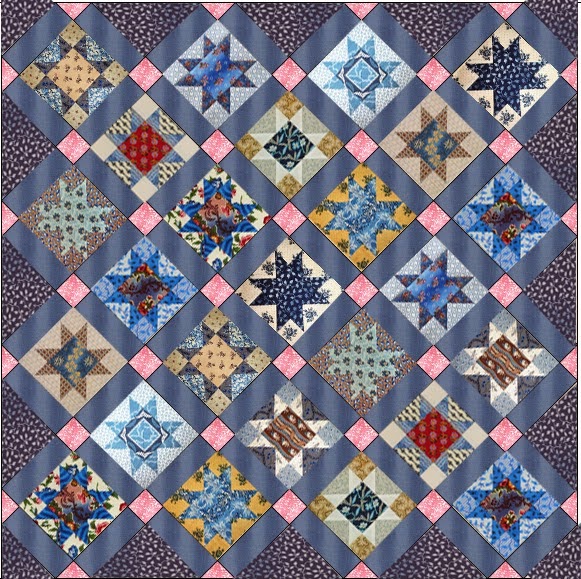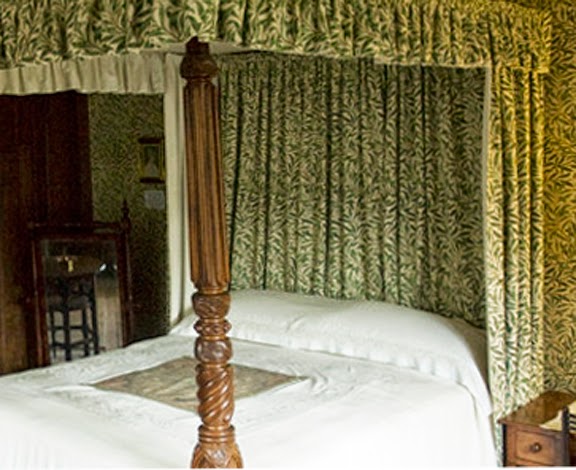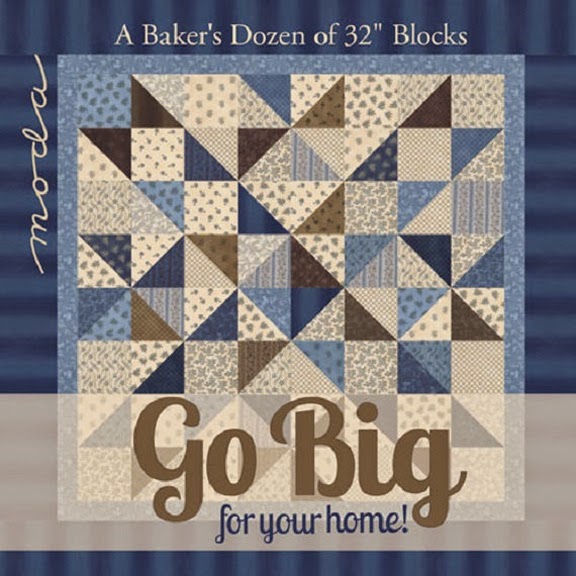I spent my Thanksgiving holiday in Savannah, Georgia.
We picked the spot for the architecture and the ocean.
Both lived up to our expectations.
Savannah Cotton Exchange Building, built in 1886.
Architect William G. Preston.
The Cotton Exchange about 1910
I unexpectedly learned a lot about the history of cotton...
the raw commodity, way before it became yarn, fabric or print.
When these early postcard photos were taken in the port of Savannah about 1900-1915, the United States was the world's largest producer of cotton. A century ago in 1914, Georgia farmers planted millions of acres of cotton---the high point of American cotton production.
Cotton was shipped out into the Atlantic along the Savannah River.
The Telfair House
Before the end of slavery, Mary Telfair was the richest
woman in the state of Georgia, with a fortune based
on the cotton/slavery plantation empire. She willed
her home to the city for a museum.
After five years of war and trade embargoes, post-Civil-War cotton production rebounded.
Weighing cotton in the early 20th-century
Cotton merchants, the middlemen between planter and fabric mill,
were called cotton factors.
Factors in Savannah set world prices.
French painter Edgar Degas had an American brother
who was a cotton factor. Degas painted the office at the New Orleans
Cotton Exchange in 1873, while he tried his hand at
making money rather than art. The factors pictured are judging
cotton's quality and checking the markets in the newspapers.
"Factors Walk," restored industrial buildings on the Savannah River
But disaster struck 100 years ago,
Forsyth Park about 1910
causing Savannah to be prettily frozen in time.
The disaster came in small form, a cotton-devouring beetle known as the Boll Weevil (Anthonomus grandis).
Chopping Cotton on Rented Land, Green County, Georgia, 1941.
Photo by Jack Delano, Library of Congress.
By the mid 1920s cotton acreage in Georgia was half what it had been a decade earlier. The Savannah Cotton Exchange closed in 1920.
J.A. Johnson's Youngest Son Picking Cotton, 1939,
North Carolina.
Photo by Marion Post Wolcott, Library of Congress.
Drought, low commodity prices and continuing boll weevil problems devastated the cotton industry
in the Southeastern U.S. By 1937 America had lost its place as the world's leading cotton producer.
Since the 1970s a U.S. Department of Agriculture program to eradicate boll weevils without pesticides has been succeeding, but rebuilding American cotton agriculture has been a hard row to hoe (so to speak).
Today China is the world's largest cotton producer with India close behind. The U.S. is third.
Today China is the world's largest cotton producer with India close behind. The U.S. is third.
And now I know one very good reason why my reproduction quilt fabrics are not printed on American-grown cotton.






































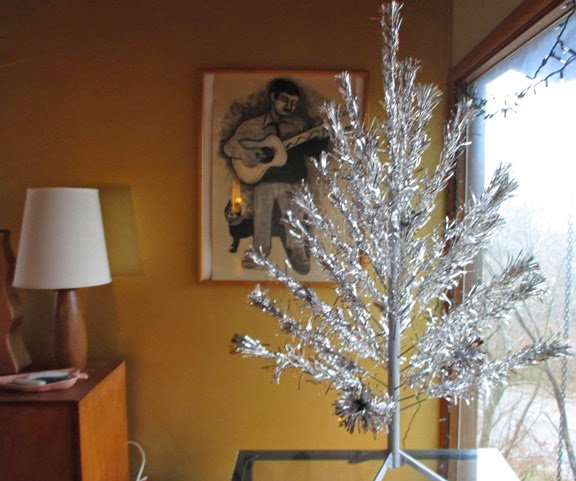








































































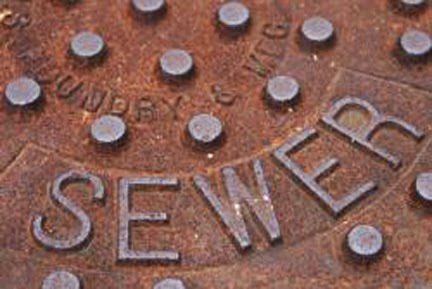


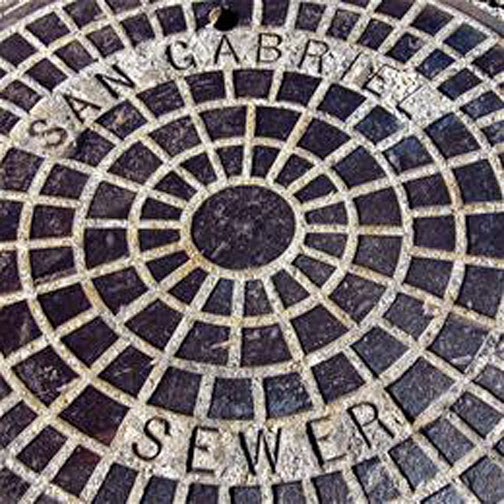

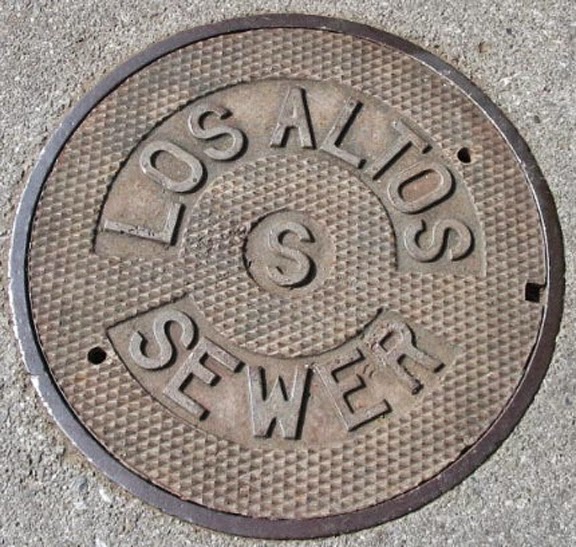



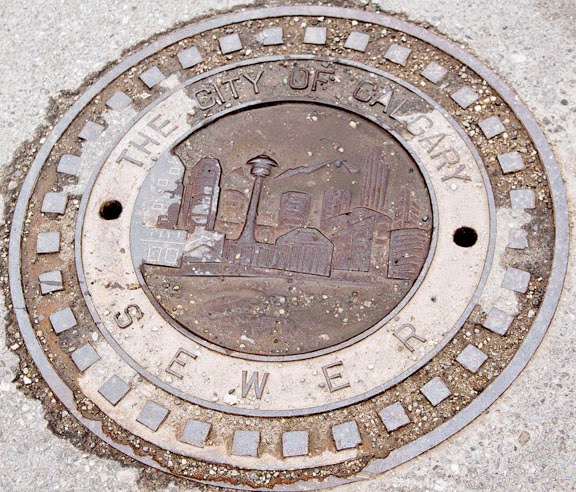
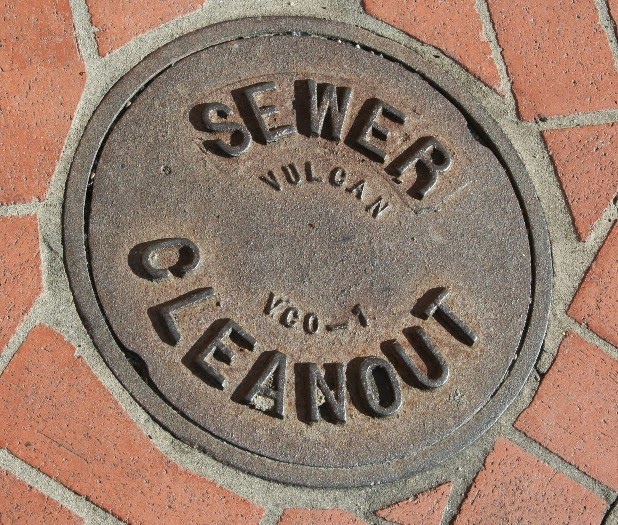
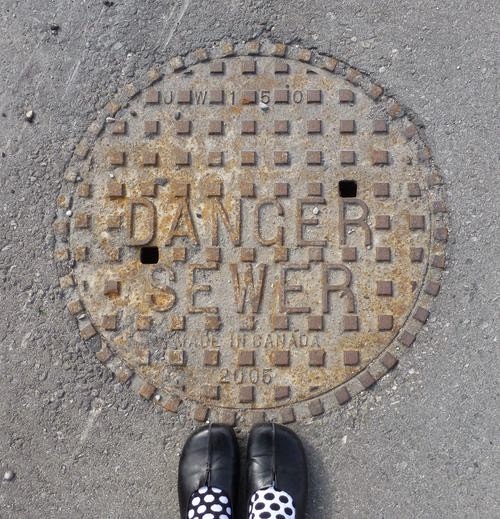
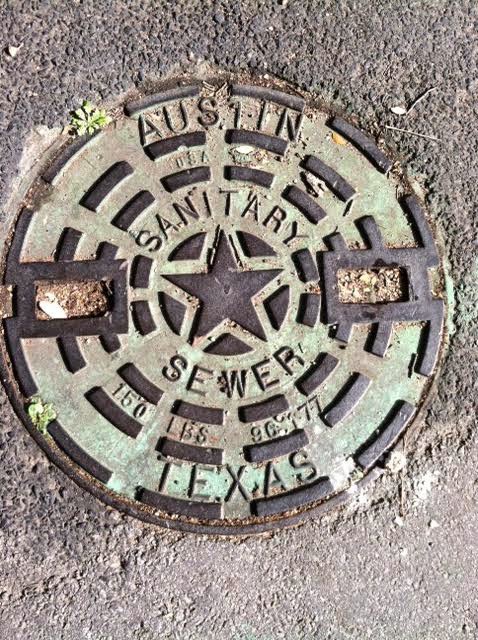
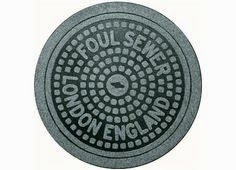










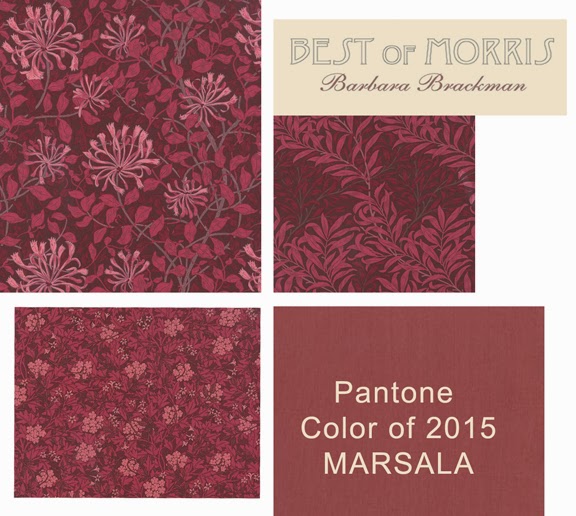






























.jpg)












.jpg)

.jpg)































